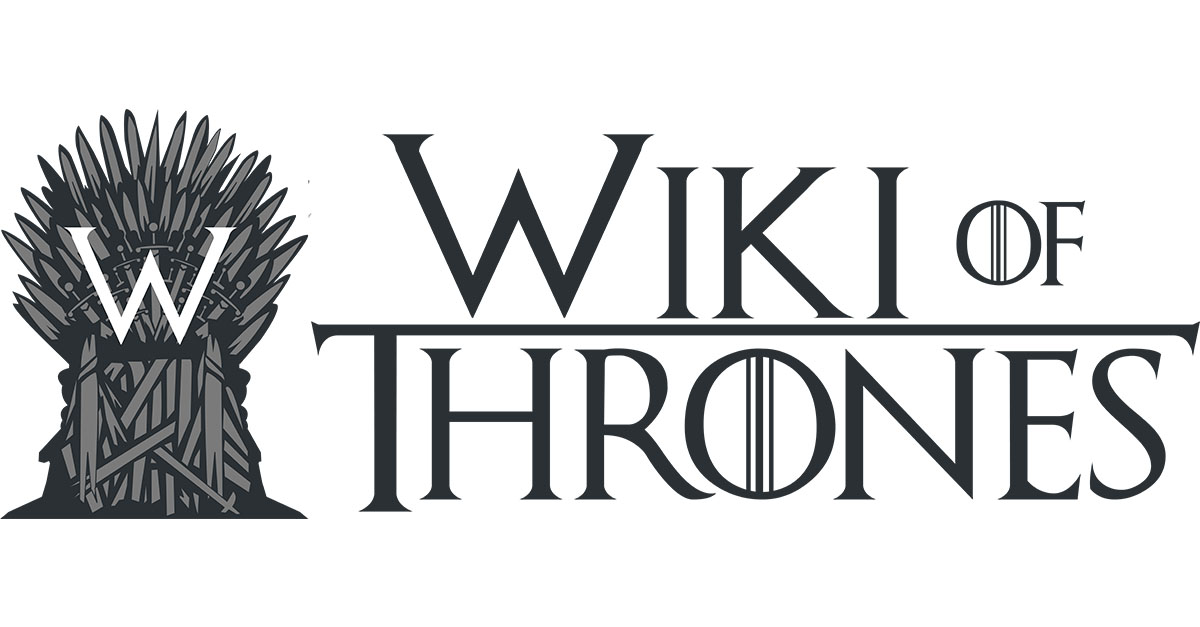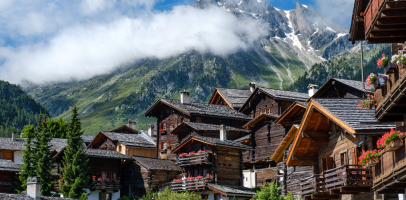The thing about fiction and its fans are that most of us hope, at one point or the other, that it were all real. When it comes to Game of Thrones, we are not sure how many of us would want to experience that reality, but it wouldn’t hurt to imagine. Then there are some among us who go a step further and logically reason out if such a world could actually exist, gives the current set of rules that existence obeys. Naturalish is one such blog, where fantasy, science fiction, and myths are dissected under the lens of science, to find out if they are realistically possible. In the latest post by the blog, Game of Thrones got the treatment, and it seems that the ecology shown in the show is impossible. Read on!
Naturalish, going on the popular blogging platform, Medium, posts some really eye-opening content in this niche, and its analysis of Game of Thrones matches up. Now, one doesn’t need a deep knowledge of biology to understand this, but the prime argument made in the post says that there are simply can’t be way too many wild creatures, in space that is way too small. Naturalish explains :
“Put bluntly: Westeros packs too many similar species into too small of a landmass.”
It continues :
“To simplify this article and avoid compiling an entire encyclopedia of Westerosi wildlife (which of course already exists) I’ll be focusing exclusively on apex predators. These different species all fit approximately into the same ecological niche, and assuming wildlife in Westeros follow the same basic principles as they do in our world, these animals would compete over similar resources — mainly large herbivorous prey. Yum.
This also conveniently reduces our list to just six species of note: bears, wolves, direwolves, shadowcats, lions, and lizard-lions (which are basically alligators but I guess the Maesters were feeling extra creative that day).”
The post provides a (not to scale) map to show the fallacy in wildlife distribution that author George R. R. Martin commits. Check it below :

Naturalish argues that the landmass of Westeros is not only too small to allow for the ecology, it also has a lot of disturbances that would further make it impossible for such a distribution to exist the way it is shown to exist, with unlikely species overlapping.
“The size of Westeros, actually, doesn’t require the same degree of estimation — luckily that’s been calculated to great detail already. The landmass is tall and narrow, but from the Wall to the lower tip of Dorne the estimates all converge around 3000 miles, and for context that’s approximately the distance from coast-to-coast in the USA. This is a nice “goldilocks” zone for land size: big enough that we should expect species diversity, but small enough that this diversity (in theory) would lead to competitive exclusion.”
Another graphic to show the disturbances in geography :

..and explanation as to why that makes the ecology even harder to exist realistically :
“There are some significant bottlenecks, like the Wall or the Neck (a swampy river region that’s a challenge to traverse), but few other geographic formations actually cut off large swathes of land.
This makes it clear that there isn’t quite enough geographic variation to, say, convince me that lions and wolves deviated from a common ancestor. We would expect variation between the North and South, but there’s hardly enough to account for so many diverse and overlapping species that occupy the same space.”
The post has much more to be read, and Naturalish goes into enough detail to convince you of their opinion, so head on here to read it. Come back to talk to us, in the comments down below!
(4058)














